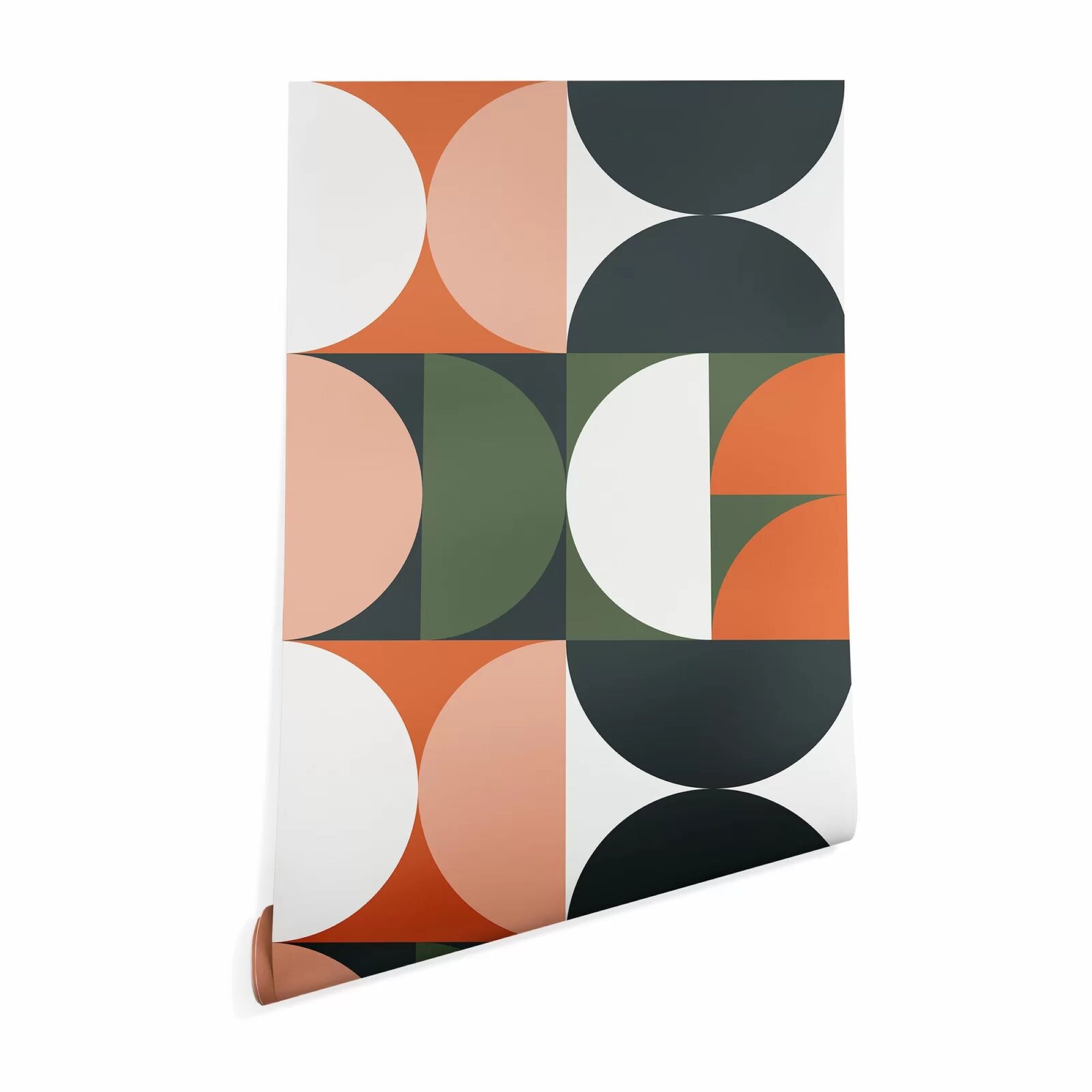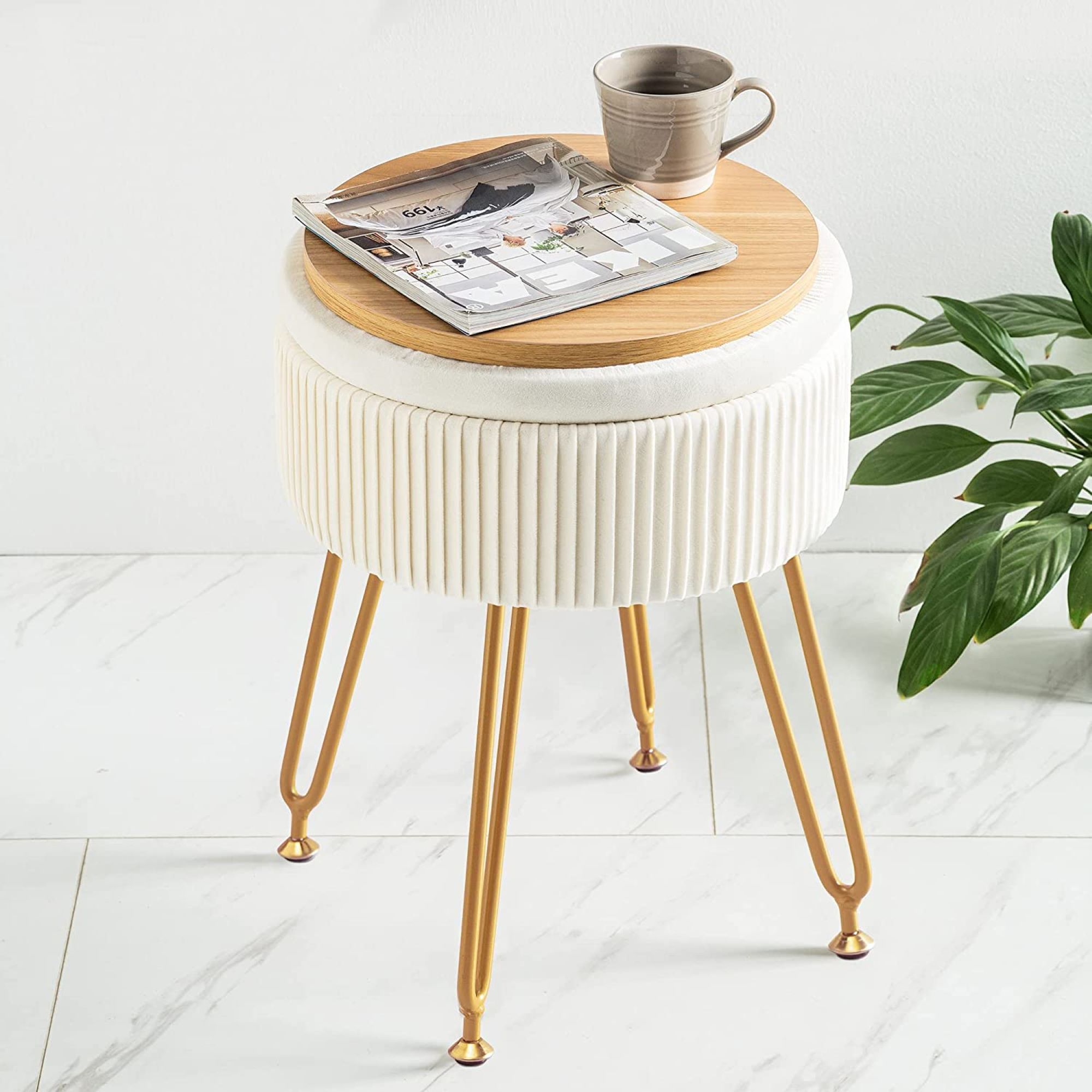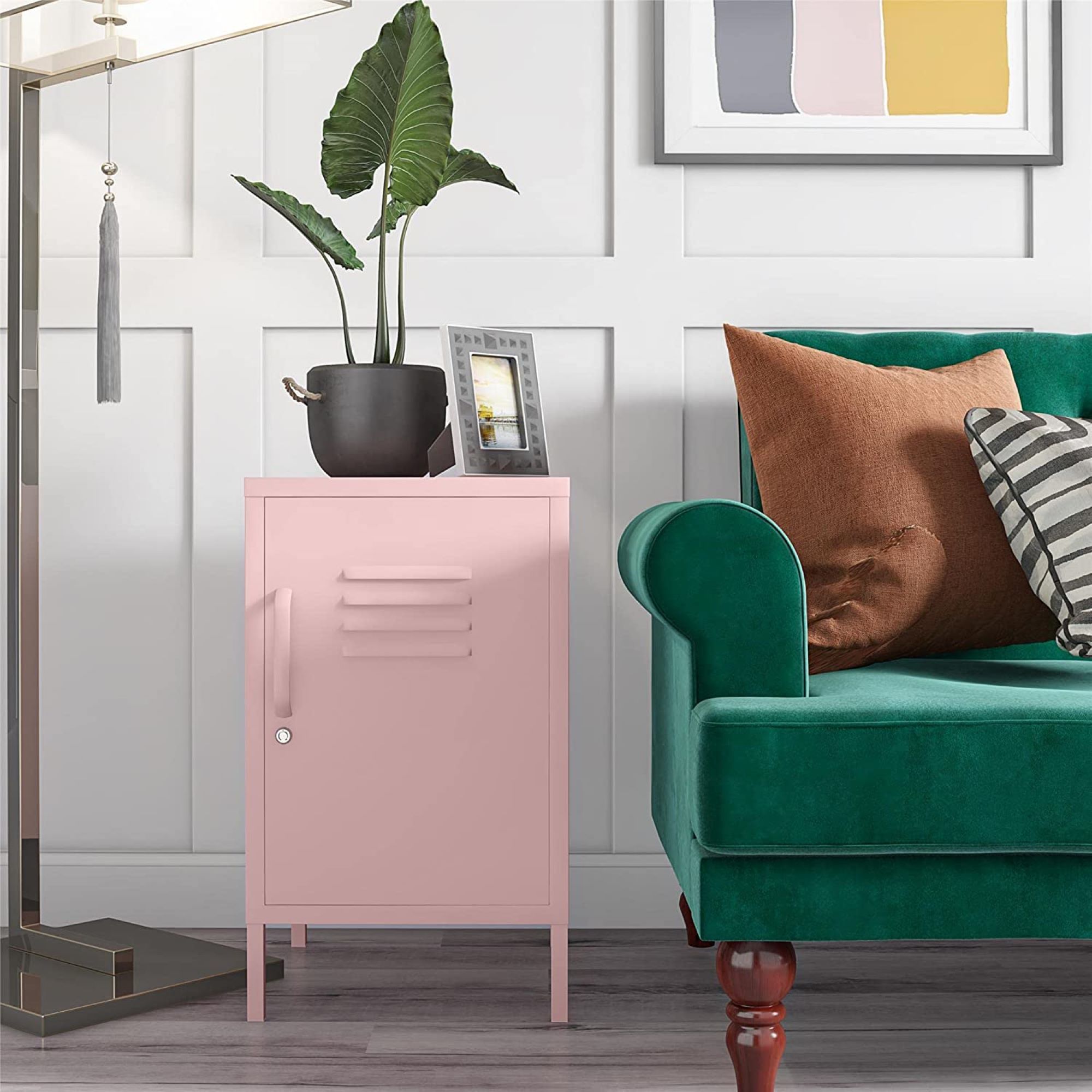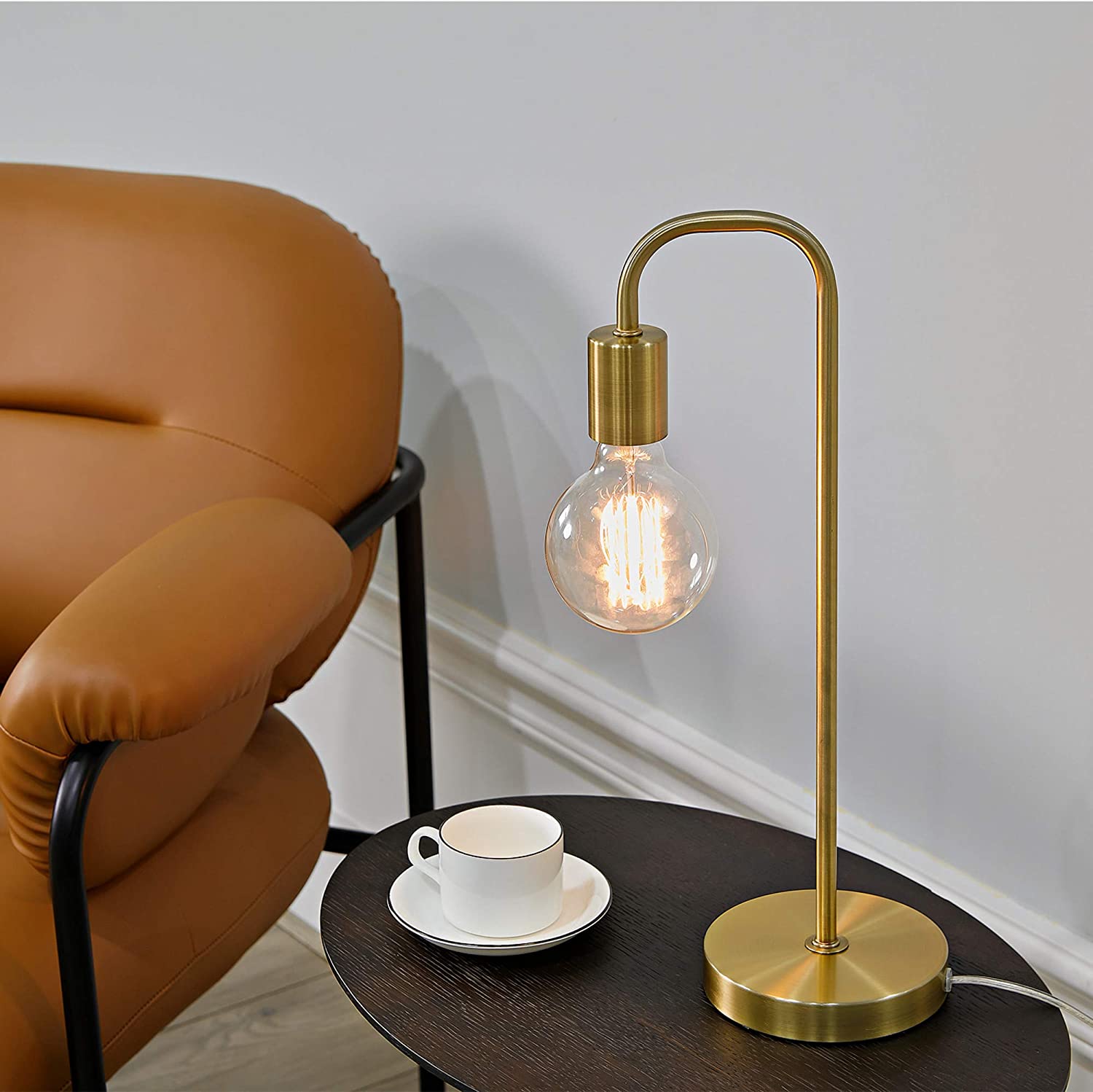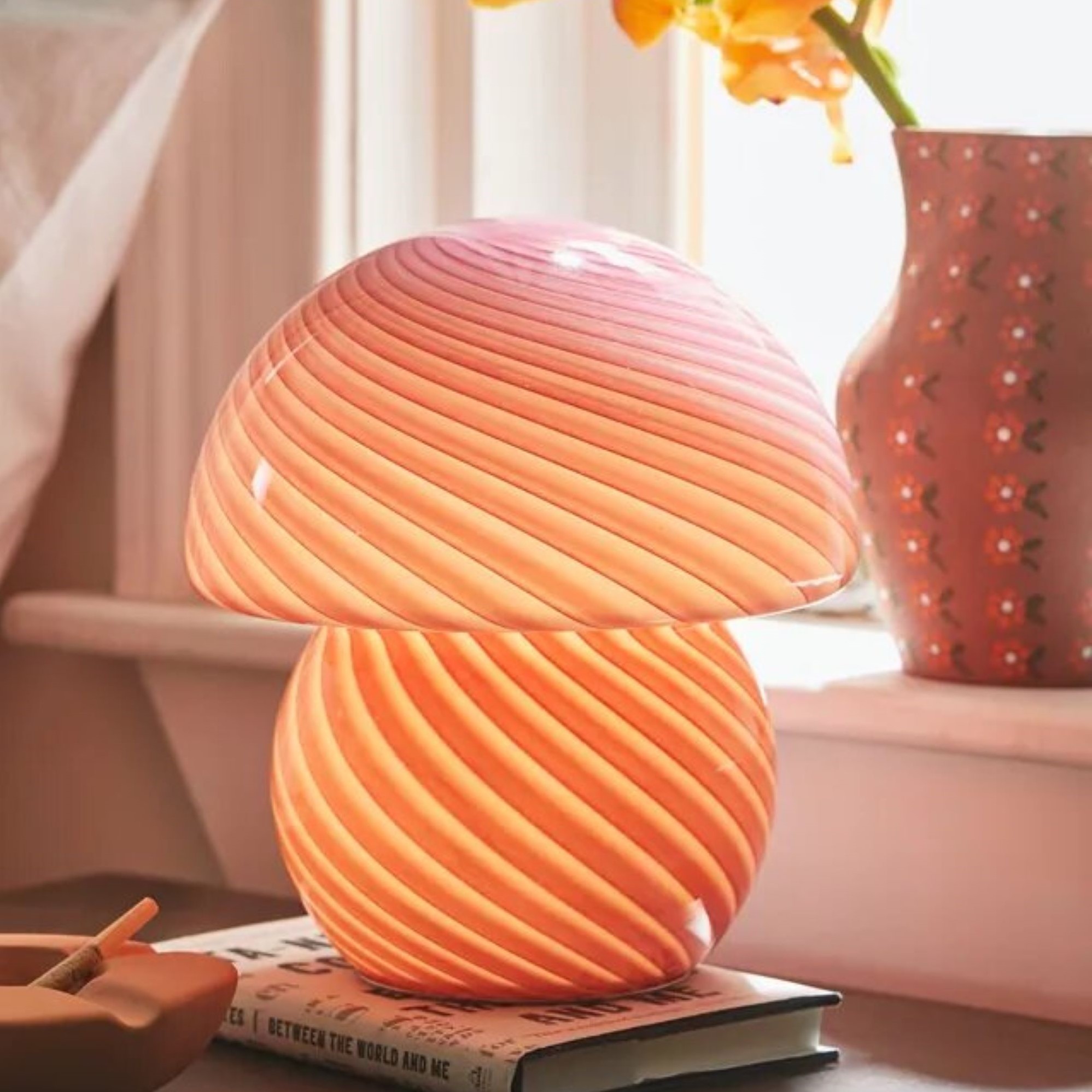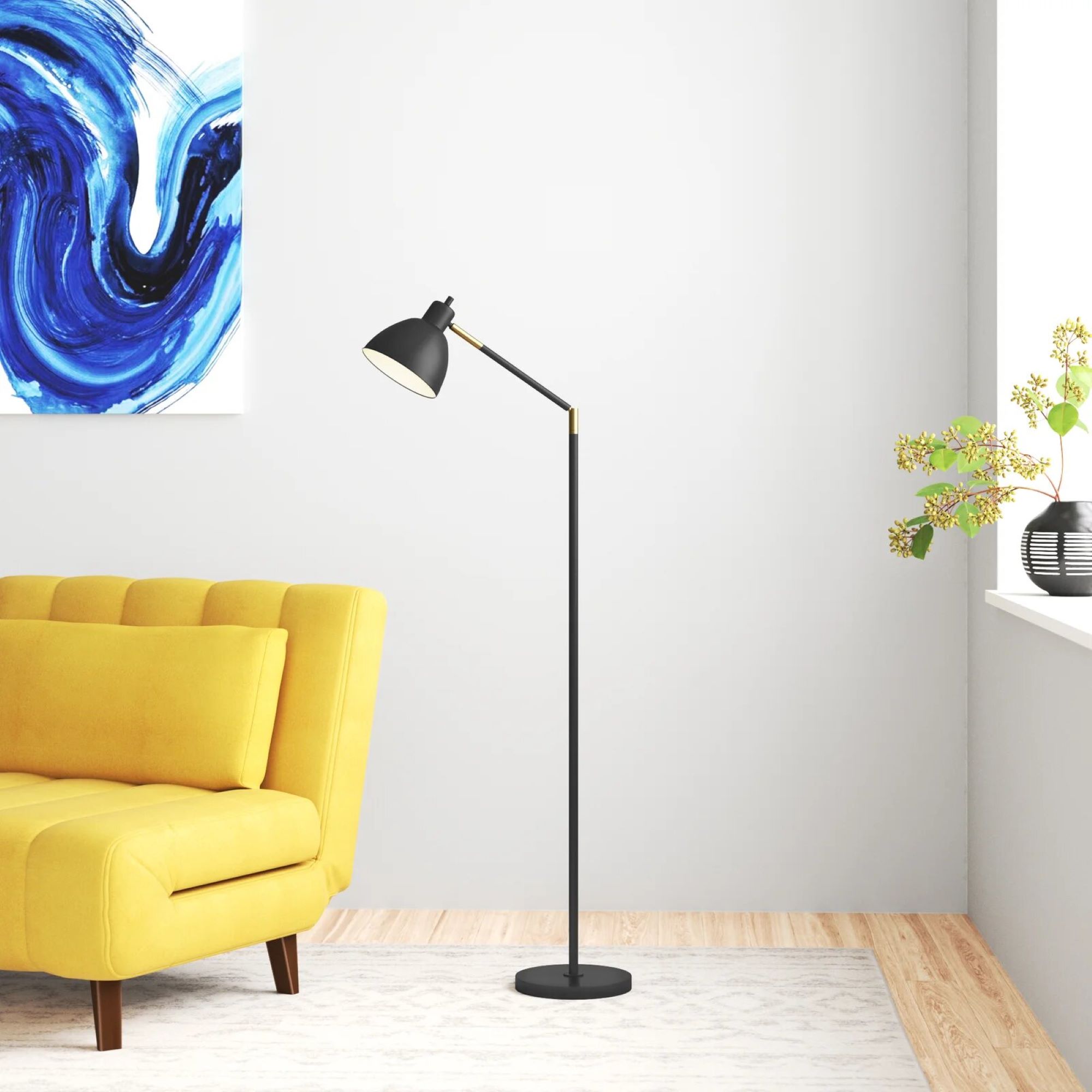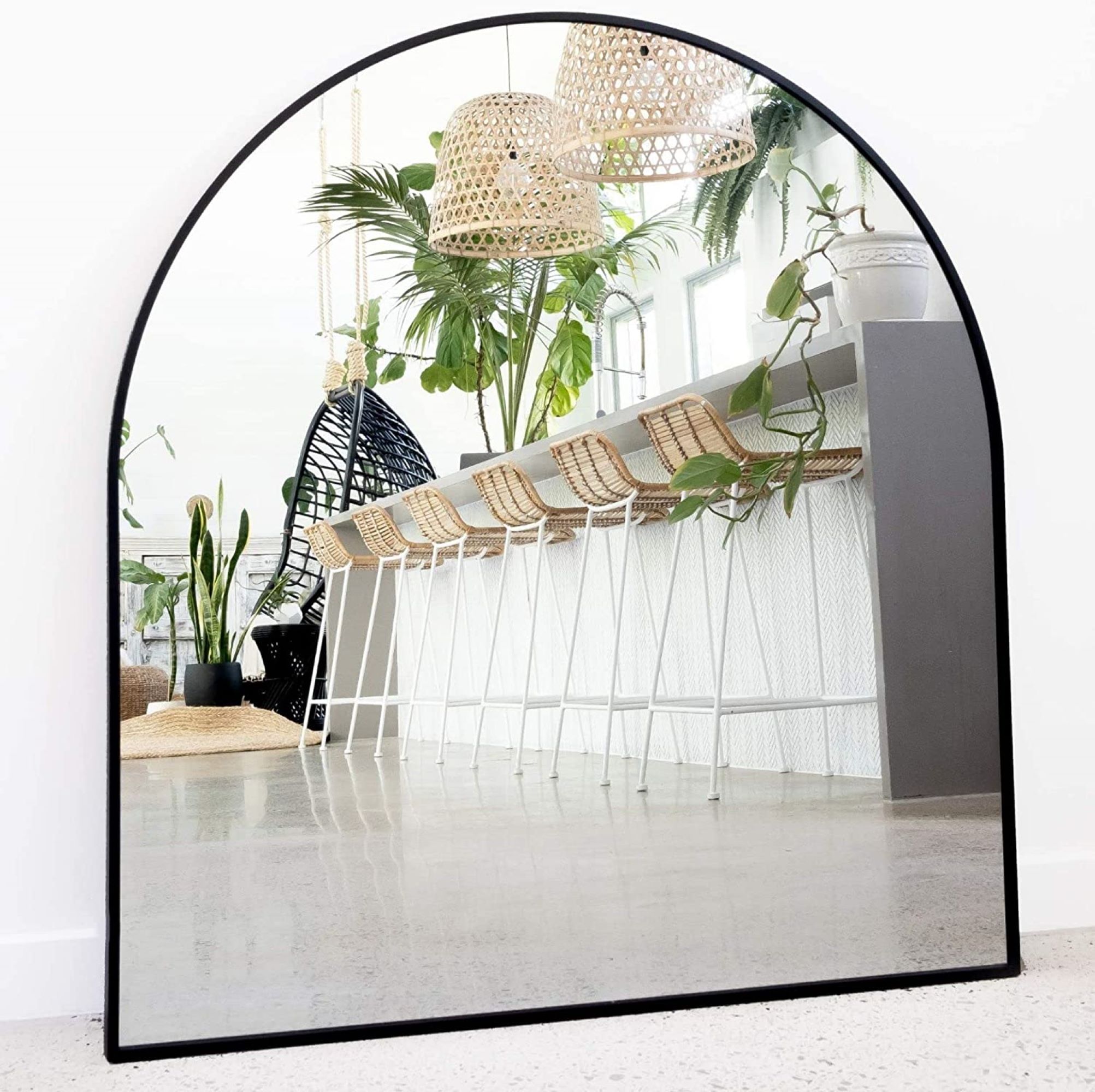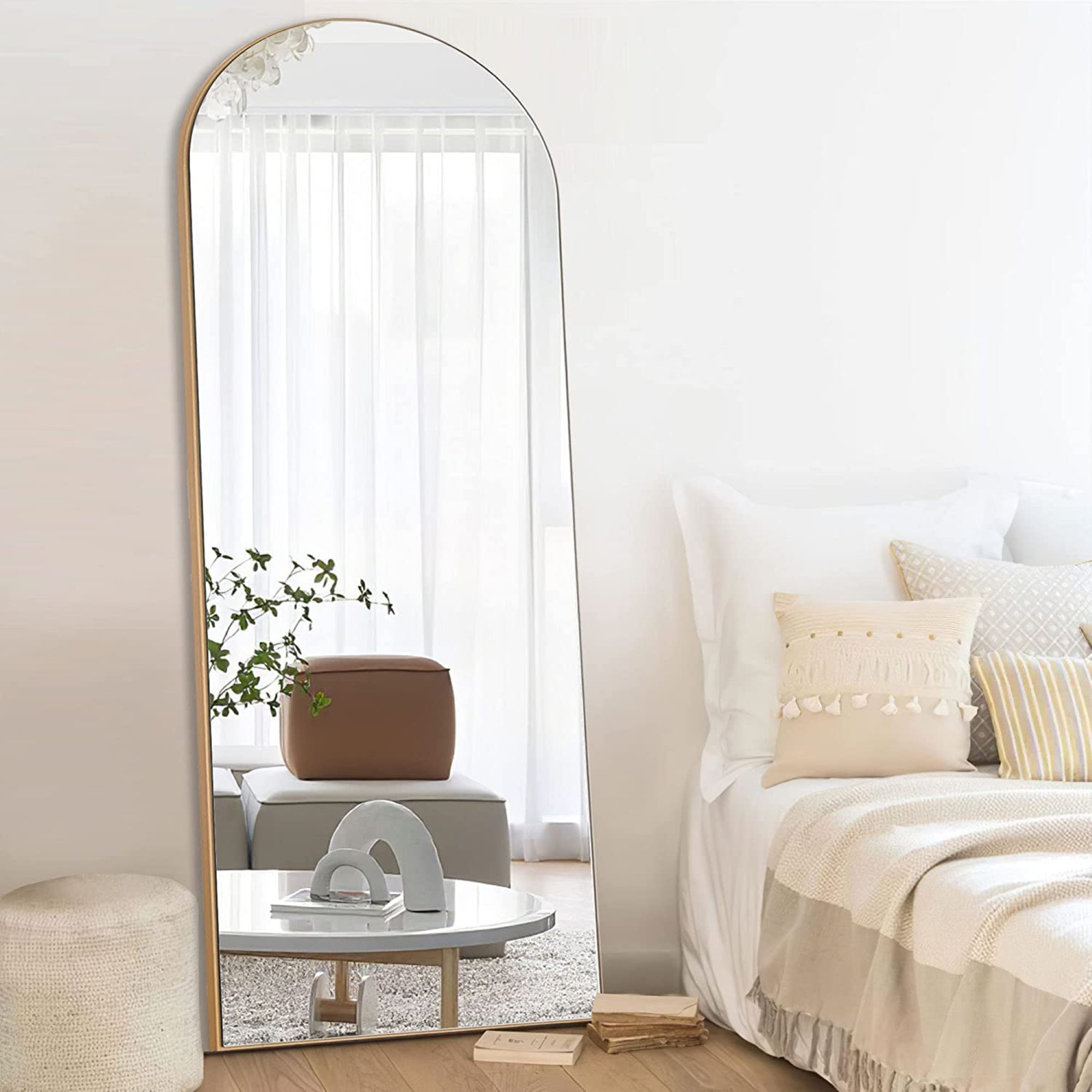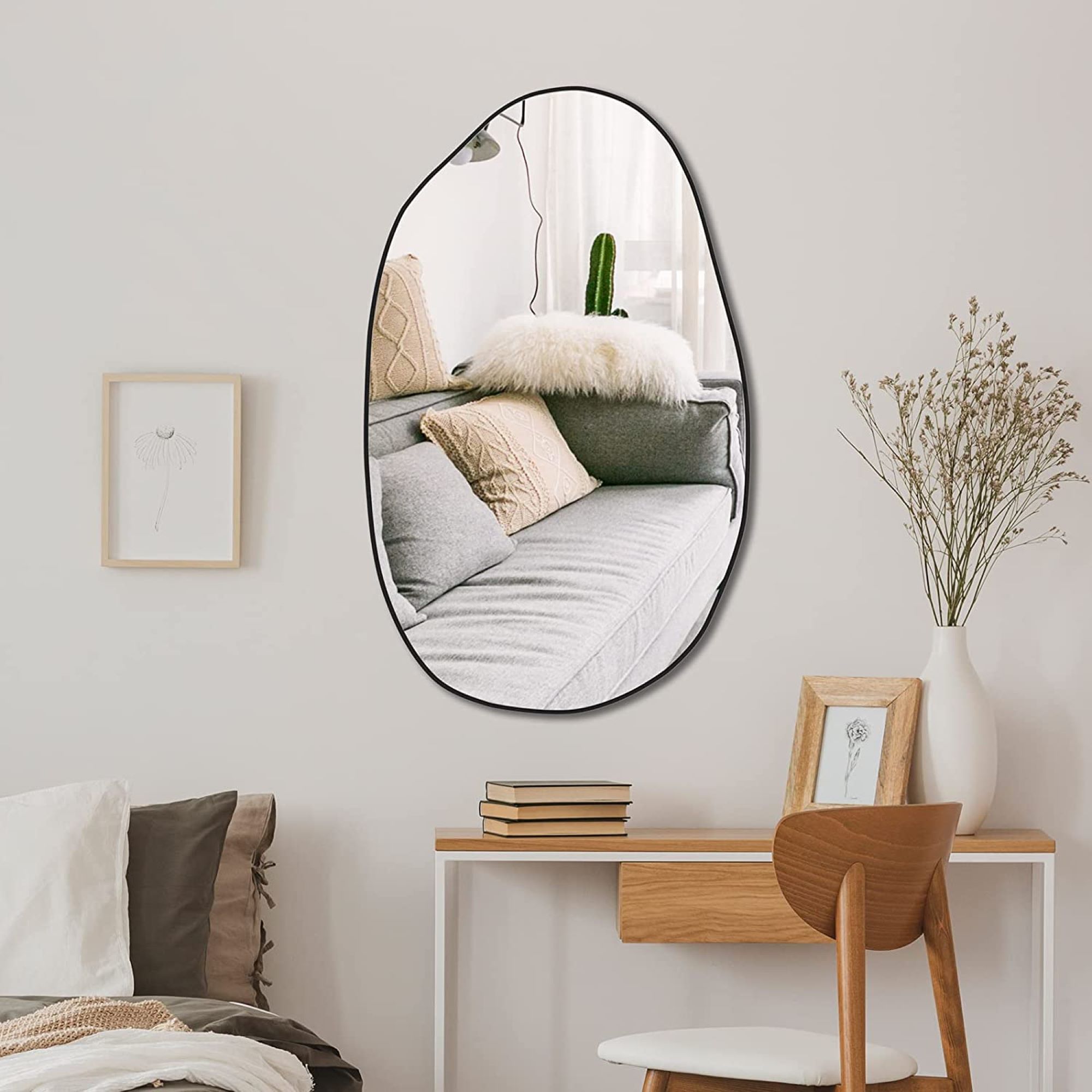Apartment decorating mistakes you're making and how to fix them
Dodge these design dilemmas

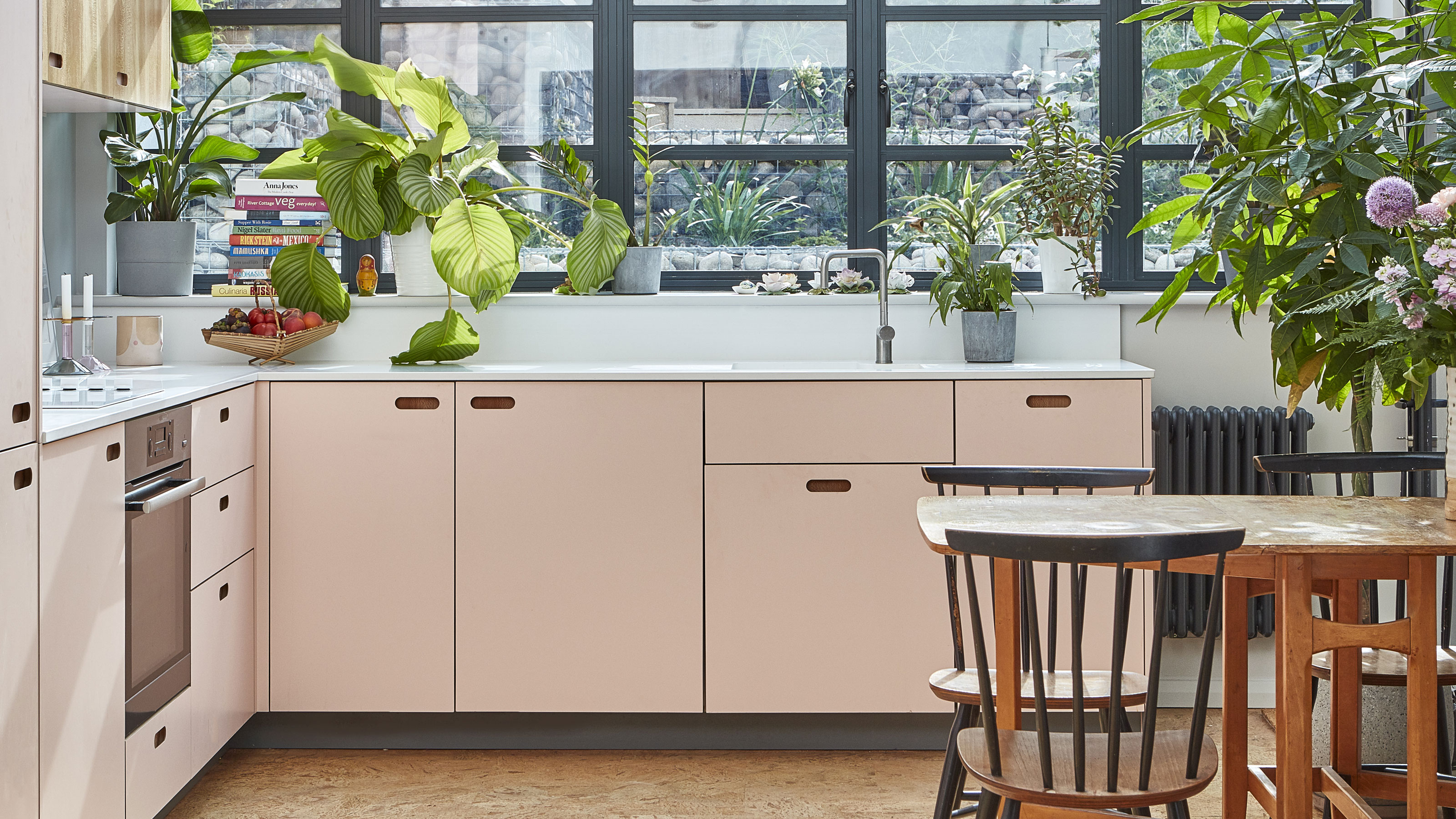
Designing your dream rental space can pose a variety of challenges. Small quarters, funky floor plans, and oftentimes a temporary dedication to living in the space can all offer a roadblock to decorating an apartment — even if it’s not long-term.
Lease agreement terms aside, you can still craft a cozy abode by having some smart design strategies in your back pocket. Plus, this expert advice from Taylor Bliss, founder of Taylor Anne Interiors, an interior architecture and design firm in Santa Barbara, certainly doesn’t hurt. Below, Bliss spills exactly what you don’t want to do when decorating a small space.
Whether you’re moving into a new complex, or are finally checking some home design projects off of your to-do list, here are some of the most common apartment decorating mistakes you should avoid and a few rental-friendly buys worth grabbing.
Trying to incorporate an accent wall
A quick search for “wall painting ideas” on Pinterest will result in thousands of images of brightly splashed accent walls. Bliss believes that this is a '90s trend that somehow stuck around. She asks apartment dwellers to “please paint their walls all one unified color” instead.
When the walls in your apartment are all painted the same color, it gives the illusion of more space and looks much cleaner. “Keep your space neutral,” Bliss explains. “It will trick the eye into thinking the room has more space than it does.” Just be sure to layer textures, like a boucle throw, beautiful basket, or stone or ceramic vase, so the space doesn't fall flat.
If you adore the look of bold colors, opt for a peel-and-stick wallpaper or bring in accents that instantly punctuate your room.
Adding too many cheesy accessories
We’ve all been guilty of purchasing too many knick-knacks. No matter how hard we resist, we can still end up with more clutter in our homes than we'd like. Rather than reaching for more decorative objects, focus on quality, classic accessories. Even if you only have a few decor accents in your home, like a coffee table book, a beautiful vase, a soft throw blanket, or stacking baskets or bowls, it will look as if it were designed more intentionally. Quality over quantity is key.
Get small space home decor ideas, celeb inspiration, DIY tips and more, straight to your inbox!
This doesn't mean you have to settle for simple or neutrals either. Focus on picking out decorative objects that make you smile, reflect your personality, and aren't something you'll get bored of in a month or two.
Buying basic apartment furniture
While furniture that’s designed for small apartments might be the cheapest, it’s unlikely that those pieces will hold up well throughout the years. On top of any quality issues, small-scale furniture often ends up making more clutter in a tight space. “Think about choosing anchoring pieces that can add substance and utility to your space versus a lot of little pieces cramped together,” Bliss recommends. Pick a few high-end pieces that you can build and design around instead.
If you’re working with uniquely limited square footage, try finding multipurpose pieces. Get a deep sofa that works double duty as a guest bed or buy two cubes or poufs that can work as a coffee table and extra seating. Perhaps instead of putting a bench at the end of the bed, set up a little desk with a nice chair and lamp.
Not mapping out your layout
When decorating a small apartment, it’s vital that you consider the overall layout and flow of the space. Mocking up a furniture layout is a great place to start, but even before that, Bliss encourages renters to bubble zones on a piece of paper. “Think about how you would like to use the space.”
For example, make sure your sleep zone is separate from your living, dining, or work area. If everything is in one room, Bliss suggests adding custom drapery (in a neutral color) to partition the space.
Forgetting about lighting
Lighting isn’t always the easiest thing to change in an apartment, but it’s a largely impactful element that can instantly transform the feel of a room. If you can, Bliss suggests swapping out ceiling fans out for decorative pendants. If you're stuck with what's around you, think about accent lighting. Consider adding a tall or curved floor lamp beside your couch or setting a pretty table lamp on an entry or living room console.
Mounting window treatments too low
It’s no secret that curtains can bring a warm, cozy vibe to a living room or bedroom. They can also help your interiors feel more finished. Bliss says you want to pay attention to the way you mount your window treatments in order to avoid the look of a cramped space.
“Mount your draperies at the highest point possible in a small space to give the illusion of taller ceilings,” Bliss suggests. “Make sure they kiss the ground as well — you don't want to go short.”
There are plenty of resources now to ensure your window treatments fit properly. Think about the material you pick too. Thick drapes might keep out the cold, noises, and light, but a more transparent fabric can help let light into a dark space.
Not tricking the eye into thinking the space is larger
One common goal among many apartment decorators? Making the space look bigger than it really is. “The oldest trick in the book is using a mirror to make the space feel larger,” Bliss confirms. “Make a fun gallery wall and incorporate a unique mirror in the layout, like something that’s organic in shape as opposed to more structured and standard.”
Not into the mirror idea? As mentioned earlier, if you hang window treatments, mounting them high will instantly make things feel more spacious.
Buying the wrong rug size
Some design elements can also work against you and make your apartment appear smaller. Common apartment decorating problem culprits include too much clutter, cheap art, and small-scale furniture. The wrong rug size can also give the illusion of a cramped space. Be sure that any area rugs in your living or dining room are large enough for the furniture that's set on top of them. A good goal to keep in mind: Pick a rug that’s about 4 feet wider and longer than what’s on top of it.
Not creating a separation between work and play
It can be a struggle for some apartment tenants to feel a separation between their job or studies and their space when they work from home. Sitting on the couch while answering emails during the workday can prompt stress or make it difficult to relax when you turn on the TV at night. Bliss believes this experience can be combated by setting up a designated work zone. Even if it’s simply a small nook in your kitchen or a little desk behind your sofa, keeping your workspace away from the areas you relax is key to feeling more at home after a long shift or day of classes. A wall-mounted desk that folds up when not in use is another practical option for studio apartments.
Switching up your style doesn’t have to hurt your budget or require time-consuming DIY projects. Keep these tips in mind when decorating your apartment and you’ll end up with a blissful place you're proud to call home. Read our social media editor's first person take on the apartment makeover mistakes she made during her first renovation project, and how to avoid them.

About me:
Kara Thompson is a Denver-based journalist with over five years of experience writing lifestyle content. She has written for a variety of publications, including townandcountrymag.com, elledecor.com, goodhousekeeping.com, and Parents, where she covered all things home, food, fashion, travel, and holidays. During her time on staff at Parents, Kara launched her own home decor and organization column named Save My Space. In 2022, she left her full-time job as an editor and started her own writing, editing, and social media firm, Kara Thompson and Co.
Tennis, New York City, bourbon cocktails, and her sister's German Shepherd are a few of her favorite things.

